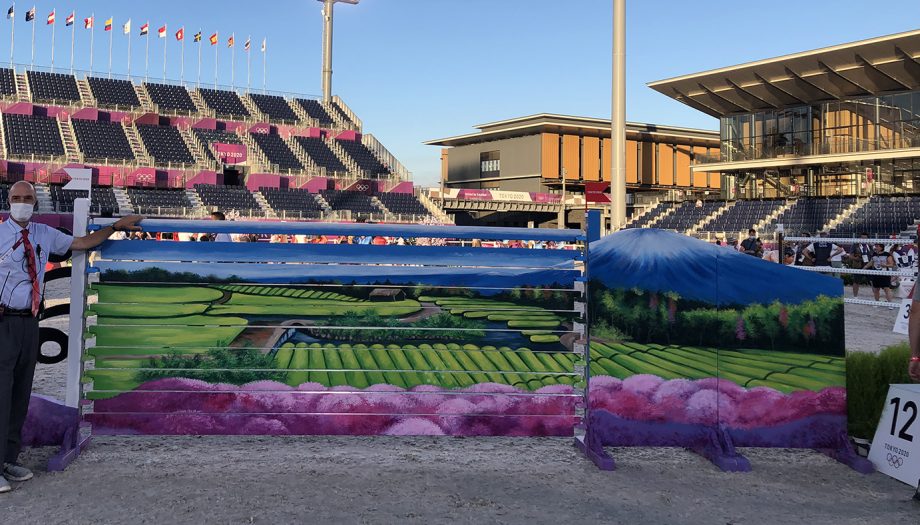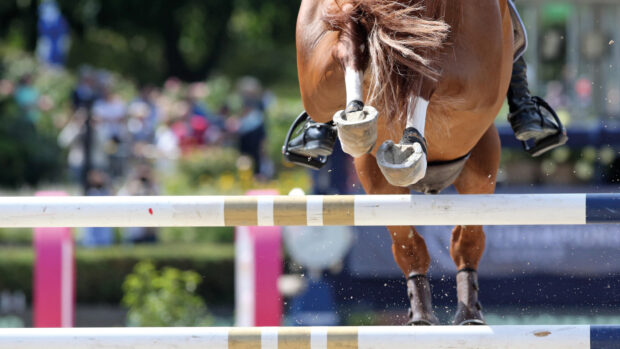Six combinations will come forward to jump off for medals in tonight’s (4 August) Tokyo Olympic Showjumping final. Britain’s Ben Maher and Explosion W will be joined by all three Swedish riders – Henrik von Eckermann (King Edward), Peder Fredricson (All In) and Malin Baryard-Johnsson (Indiana) – plus Dutch rider Maikel van der Vleuten (Beauville Z) and Japan’s Daisuke Fukushima (Chanyon).
Santiago Valera’s Olympic individual final jump-off course features seven obstacles (eight jumping efforts) over a distance of 295m, with a time allowed of 45 seconds.
Tokyo Olympic jump-off course: take a look at the fences
Fence 11A – Kanto Matsuri, Akita Festival
The Kanto Matsuri Akita Festival (竿燈まつり, “pole lantern festival”) is a Tanabata-related celebration in Akita City, held annually from 3-6 August. A feature of the festival is how all the participants are able to keep the kanto (long poles made out of bamboo with a paper lantern on the top) in equilibrium. These poles can reach a length of 12 metres and a weight of around 50kg. They can have up to 46 paper lamps with lit candles inside them. Once the drums, flutes and songs start to sound (“Dokkoisho”, “Dokkoisho”), each kanto is pulled up by only one person, keeping it in equilibrium. Gradually, more extensions are added until the pole reaches its maximum height. The main event of this festival are the night-time parades and there are approximately 250 kantos. This event takes place along Chuo Dori street in Akita.

Fence 10 – Japanese gong
Gong, sacred and ancestral instrument, venerated by warriors, emperors, princes and priests. Essential in Buddhist temples, where their notes mark the beginning and end of each day, call to the temple and changes in the sequences. It has a powerful and deep metallic sound, of very long vibrations, that encompasses a great resonance and sound capacity. Due to this sound depth it is used in meditation sessions, as it causes a state of instantaneous consciousness.
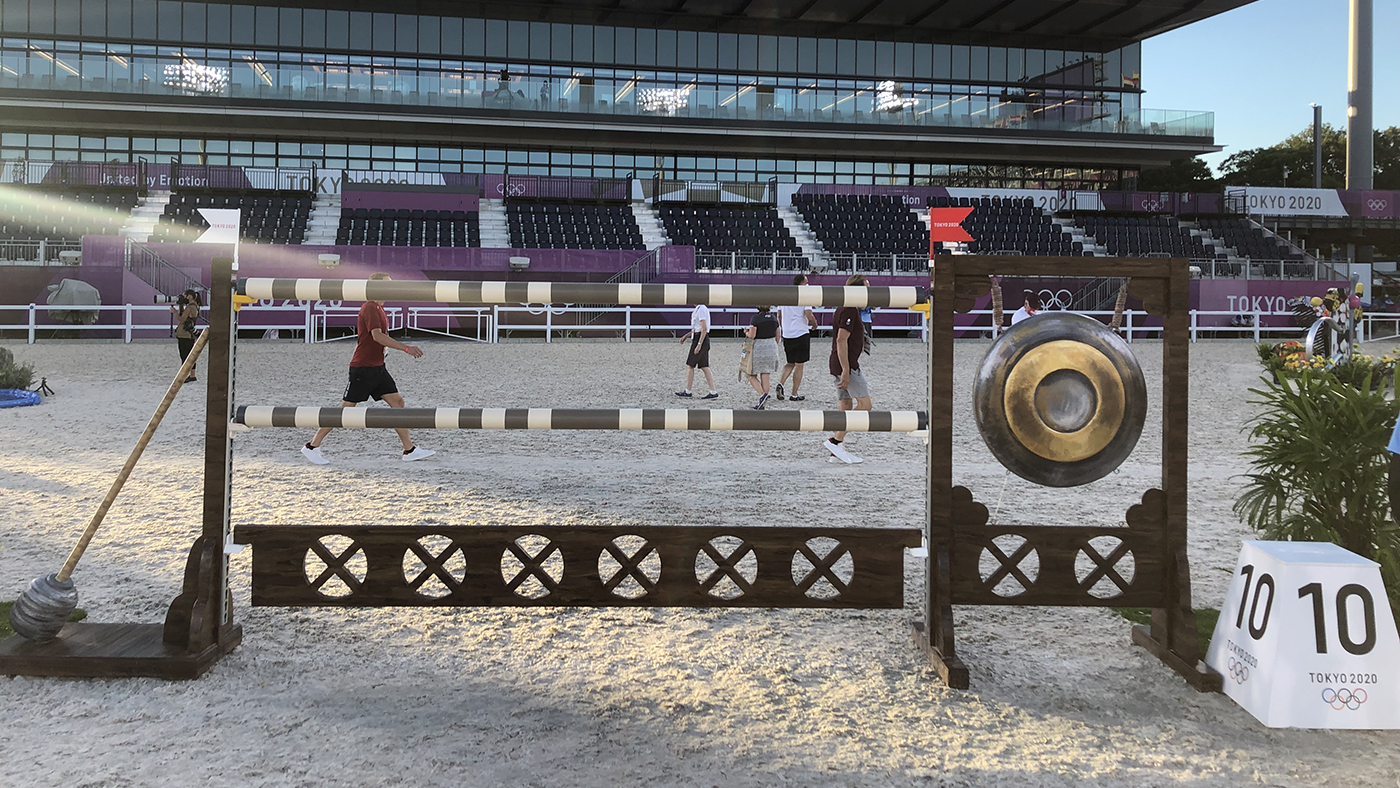
Fence 8AB – Traditional Japanese theatre, Kabuki
Noh and Kabuki are old theatre forms that are still performed today and are part of the UNESCO Intangible Cultural Heritage of Humanity. Kabuki is a Japanese theatrical genre, where we can see a combination of dialogue, dance and music. It is considered to be one of the most ancient forms of Japanese theatre and its representations were the only moment when different social classes mixed together. Nowadays nearly every single stage play is formed exclusively by men, dressed up with different, colourful costumes. Even though they do not wear any kind of mask, they completely transform their facial expression by applying keshou, a kind of make-up which is really characteristic, it is one of the fundamentals in this kind of theatre. Each colour has a different meaning, red is for heroes, as it represents vigour and passion; it might represent anger or other negative feelings associated with rage and fury. Indigo blue represents melancholy, whilst other like purple or black stand for arrogance and fear respectively. This make-up is made to be tremendously exaggerated, and it is even more depending on the level of dramatism of the character. It becomes particularly intense if associated to someone with a ‘supernatural’ character.
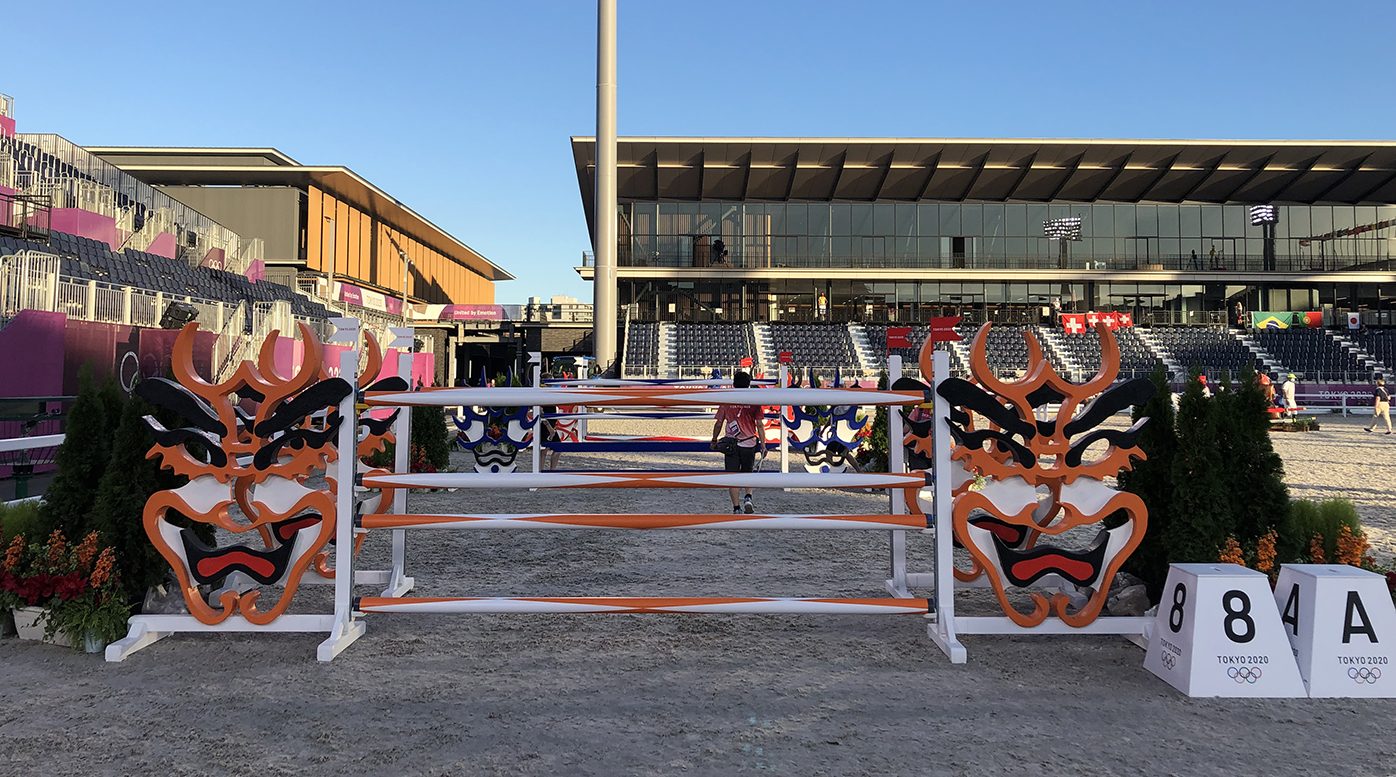
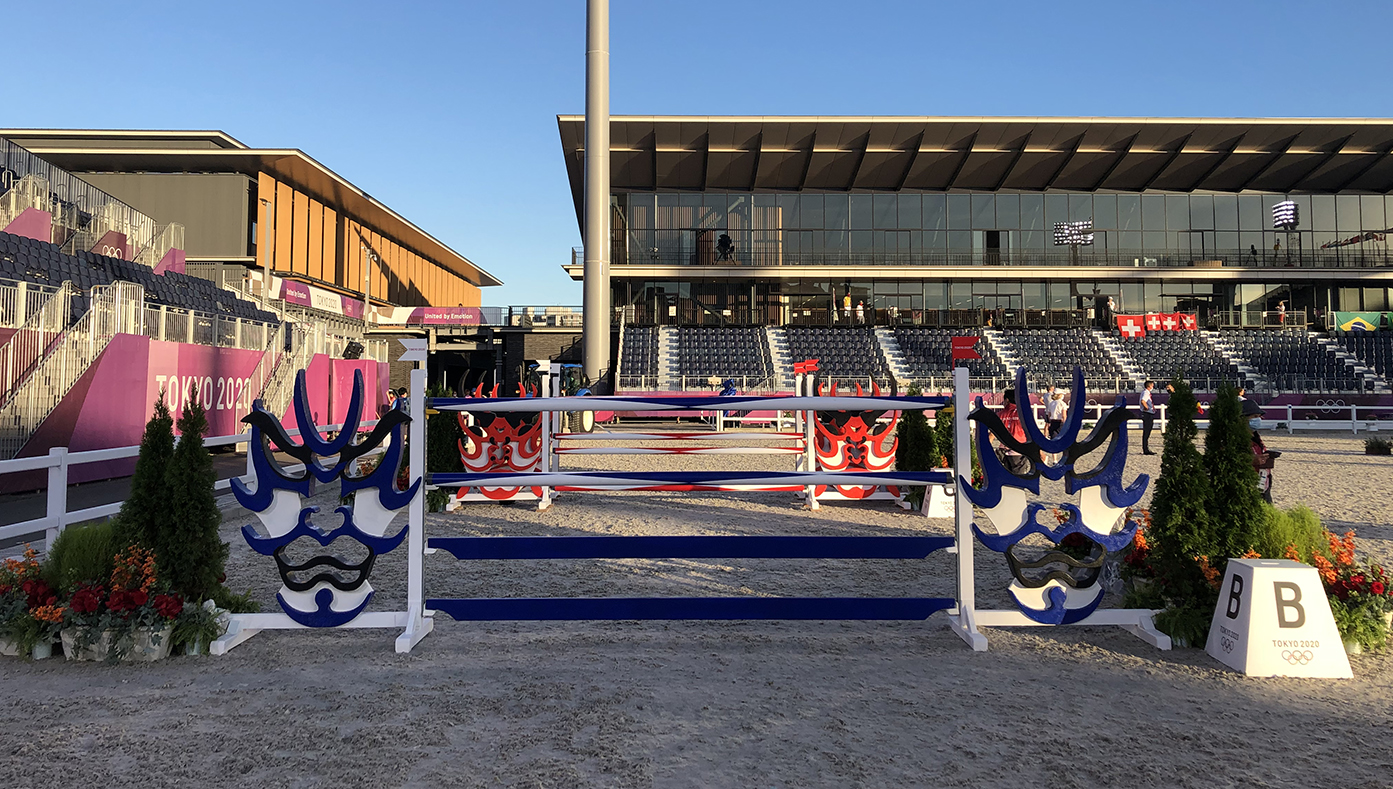
Fence 16 – Hachikō’s statue, Shibuya (the reverse side of fence two from the first round)
Hidesaburo Ueno, professor at the University of Tokyo, and his puppy were inseparable. Every day they walked to the Shibuya train station located in the centre of Tokyo where the dog waited for him until his return so that they could walk their way back home together. This routine lasted two years, until Ueno died. His wife donated Hachi to a new family, but he continued to wait for his former owner at the train station for 10 years. They began to publish Hachi’s stories in local newspapers, and in 1934 a statue was erected in front of the Shibuya train station, with Hachi as the main guest at its inauguration.
A year later, in 1935, Hachiko died at the station, and was buried next to his owner at the Aoyama Cemetery in Tokyo.
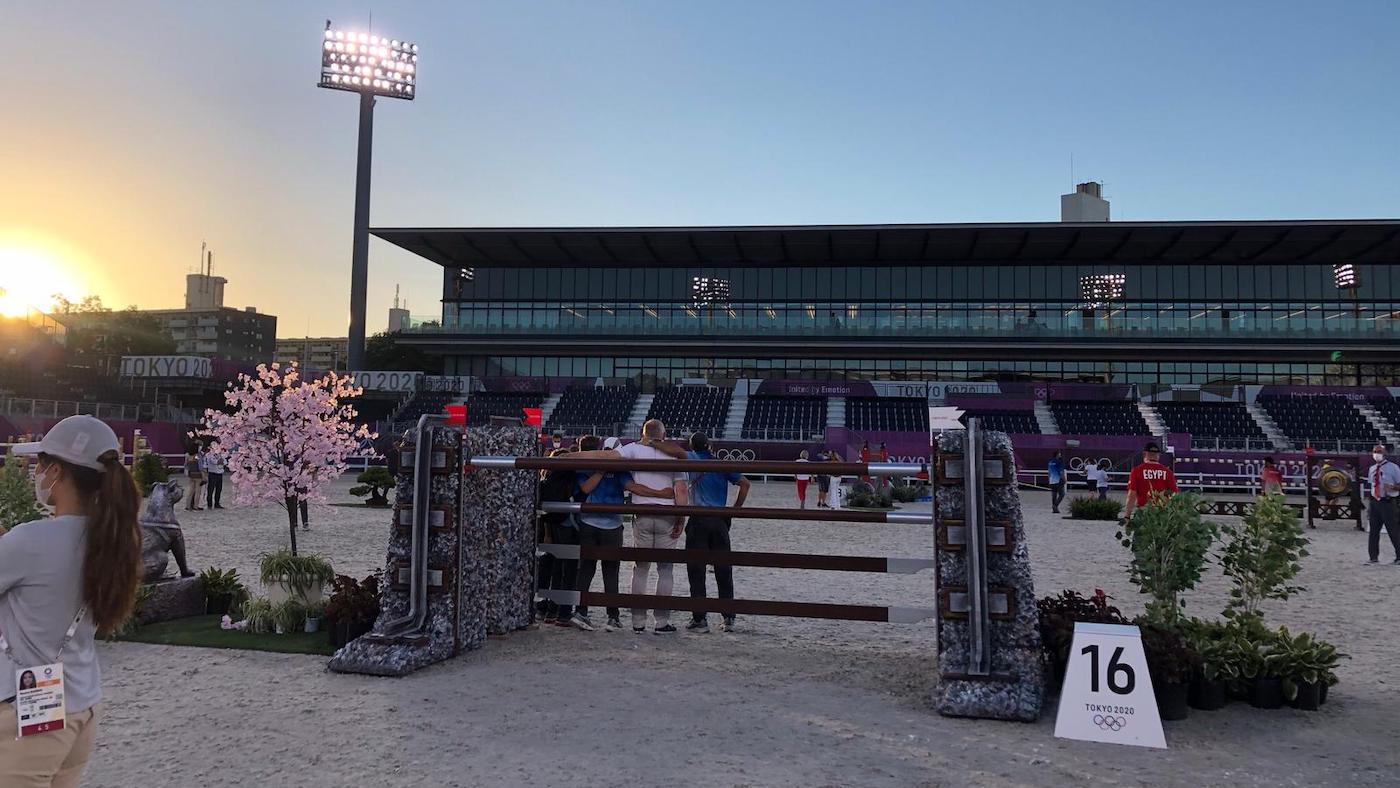
Fence 12 – Mount Fuji
Mount Fuji (3,776 metres) is an active volcano and the most emblematic mountain of Japan. It is considered as one of the Three Sacred Mountains in Japan, which are known as Sanreizan (三 霊山).

Fence 13 – Sakura
The cherry tree flower is seen as a metaphor of life, which is considered to be beautiful but transient. Cherry trees (Sakura Zensen) start blooming during March and the flowering front (Kaika Zensen) moves from Okinawa towards the north of the country, ending with the flowering of the cherry trees up in Hokkaidō in May. Japan’s Meteorology Office predicts the pattern the flowering front will follow, so that everybody is able to find the best places to see the trees bloom, which is crucial as they only flower for a week.
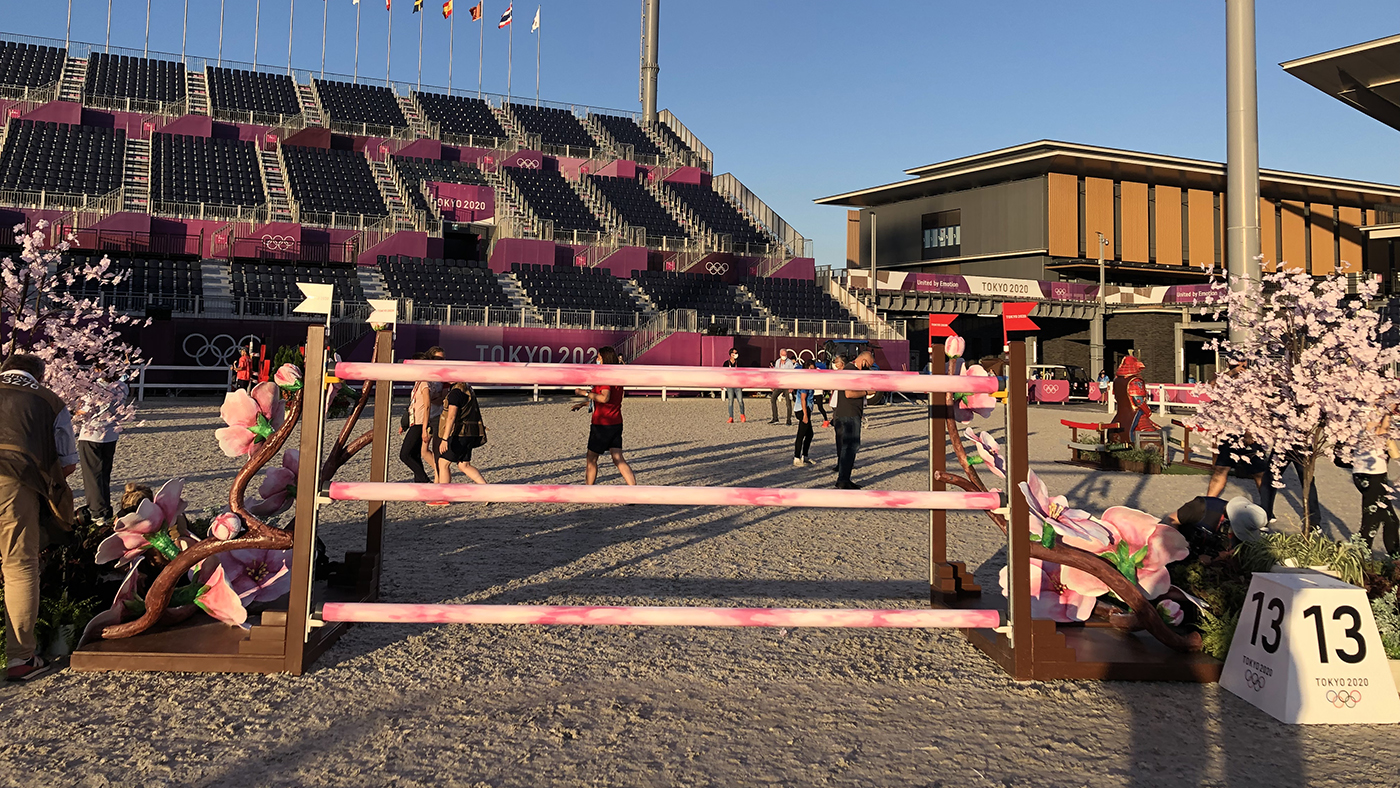
Fence 14 – Tokyo Olympic mascot
The name of the Olympics mascot, Miraitowa, fuses the Japanese words for future and eternity. Someity, the Paralympics mascot, is derived from Somei-yoshino, a type of cherry blossom, cherry blossom variety “Someiyoshino” and is a play on words with the English phrase “so mighty”. The two mascot designs were selected by elementary schoolchildren across Japan. Tokyo 2020 organizing committee president Yoshiro Mori said at the ceremony: “These mascots are your friends, you have helped to pick them, and across the country five million children helped to pick this. And the name is also something we have picked together. So, this Olympics belongs to everyone.”

See the Tokyo Olympic showjumping course plans
You might also be interested in:

Subscribe to Horse & Hound magazine today – and enjoy unlimited website access all year round
The return of the sumo wrestler – plus 13 other Olympic showjumping fences you won’t want to miss

‘There’s still a long way to go’: Sweden has three riders through to Olympic showjumping individual jump-off
Horse & Hound magazine, out every Thursday, is packed with all the latest news and reports, as well as interviews, specials, nostalgia, vet and training advice. Find how you can enjoy the magazine delivered to your door every week, plus options to upgrade your subscription to access our online service that brings you breaking news and reports as well as other benefits.

